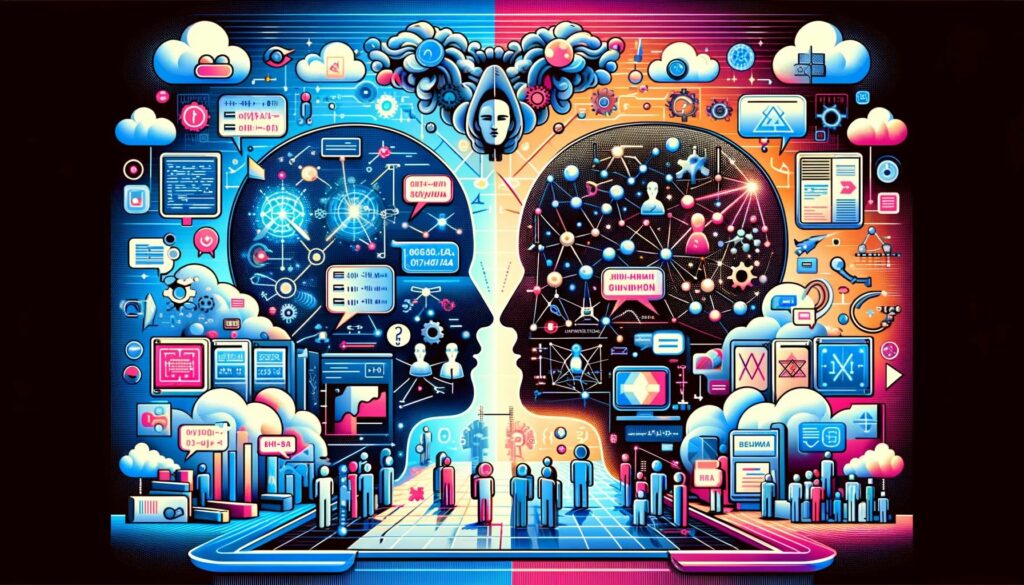OpenAI’s introduction of Sora, its first video-generation model, lauched last week with a a series of one minute text-to-video samples that were generally regarded as simply astonishing. Not only were they naturalistic, they didn’t have any of the flaws that have limited even the best video production done to date using AI.
Despite the public acclaim, the underly architecture and appraoch has sparked a significant debate among AI experts and researchers, particularly from competing companies like Meta and Google. The critique centers around Sora’s understanding of physical laws and its comparison with other AI models designed for video synthesis and analysis. Here are the key points from the discussion:
Competitors have critiqued Sora for its perceived lack of understanding of the physical world. Yann LeCun of Meta emphasized that generating realistic-looking videos does not equate to understanding physical reality, highlighting the distinction between generation and causal prediction.
The debate also contrasts Sora with Meta’s V-JEPA (Video Joint Embedding Predictive Architecture), which focuses on analyzing interactions between objects in videos. This comparison aims to showcase V-JEPA’s superiority in making predictions based on object interactions over Sora’s generative approach.
Elon Musk and other experts have expressed skepticism about Sora’s ability to predict accurate physics, suggesting that models like Tesla’s video-generation capabilities might be more advanced in this regard.
Despite the criticism, OpenAI and researchers like NVIDIA’s Jim Fan defend Sora’s approach, arguing that the model learns an implicit physics engine through extensive video data analysis. This approach is likened to a data-driven physics engine or learnable simulator, challenging the reductionist critique that the model merely manipulates pixels without understanding physics.
OpenAI acknowledges Sora’s limitations in accurately simulating complex physical interactions and spatial details. However, the model is seen as a significant step towards more advanced video generation capabilities, likened to the “GPT-3 moment” for video. The acquisition of Global Illumination and the release of Sora highlight the potential to revolutionize video generation and simulation-model platforms, with promising implications for the video game industry and beyond.
This debate underscores the complex challenges in developing AI models that not only generate realistic content but also grasp the underlying physical principles, marking a critical juncture in the evolution of generative AI and its applications.
Sources include: Analytics India
